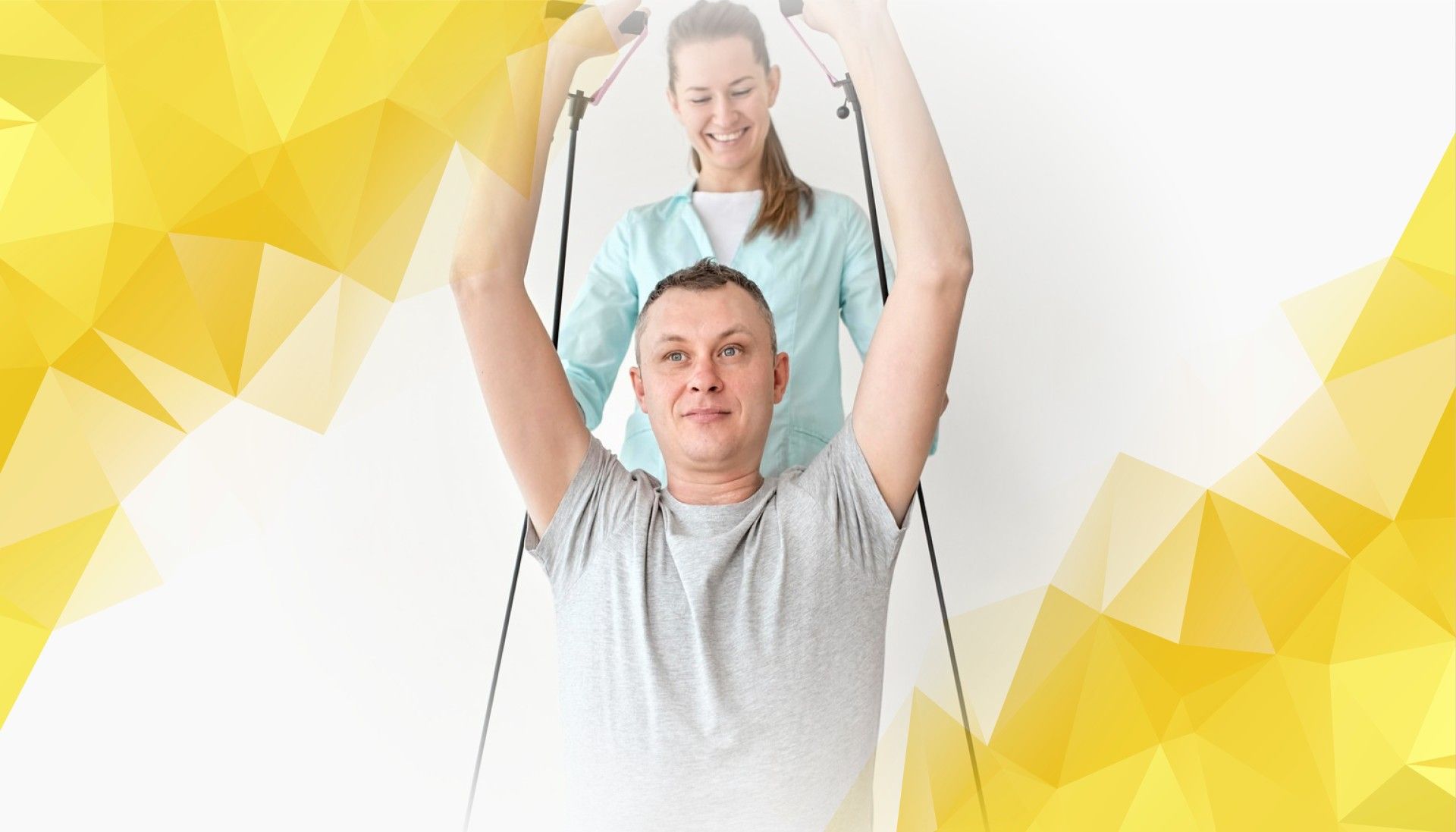Introduction: Meeting the Need for Personalised Care
Personalised treatment is becoming more important than ever in modern healthcare. No two patients are exactly alike—everyone has unique conditions, needs, and movement abilities. This makes generic, one-size-fits-all approaches less effective. Traditional assessment methods tend to be lengthy and repetitive, often tiring patients and stretching clinicians’ time.
MAI Motion is changing that. This innovative markerless motion capture system streamlines assessments by using a quicker, three-repetition sit-to-stand test . With less strain on patients, MAI Motion still provides clinicians with precise movement data , allowing them to create treatment plans that are truly tailored to each person. Recent research highlights that markerless motion capture offers a sensitive and cost-effective alternative to traditional techniques, making the process both efficient and practical in clinical settings.
Collecting Precise Movement Data for Bespoke Treatments
Personalised care begins with high-quality information about how each patient moves . MAI Motion captures detailed data on joint angles and the consistency of these movements—a key factor known as the coefficient of variation. This helps clinicians recognise each patient’s specific movement patterns and needs.
Unlike traditional motion capture, MAI Motion delivers this rich data with fewer test repetitions, making the experience less exhausting for patients without sacrificing accuracy. Additionally, by using advanced analytics, clinicians receive concise, automated clinical reports highlighting the most relevant movement features. This empowers healthcare professionals to design more effective, individualised treatment plans for better patient outcomes.
Improving Care Through Patient-Friendly Assessments
But MAI Motion ’s benefits go beyond data collection. Its quicker, less tiring assessments help patients stay engaged throughout the process, which is essential for tracking progress over time. Consistent and objective measurements allow clinicians to monitor improvements and adjust treatments as needed.
Specific movement metrics , such as joint angle variability, are strong indicators of a patient’s response to therapy. By providing reliable, evidence-based insights, MAI Motion enables healthcare providers to make informed decisions, ultimately leading to more personalised and successful care.
Smart Technology: How AI Enhances MAI Motion
A key strength of MAI Motion is its use of artificial intelligence (AI) and machine learning to interpret complex movement data. Using techniques like Principal Component Analysis (PCA), MAI Motion identifies the most significant movement patterns, giving clinicians clear, actionable insights instead of overwhelming amounts of raw data.
Compared to traditional motion capture systems—which can be expensive, time-consuming, and uncomfortable for patients— MAI Motion offers a faster, more affordable, and more comfortable alternative. Its markerless design means patients aren’t required to wear sensors or markers, making assessments seamless and less intrusive. The advanced AI also combines both spatial and temporal details from simple 2D video data, ensuring accurate and comprehensive results.
By integrating intelligent technology, MAI Motion puts powerful diagnostic tools in clinicians’ hands, supporting truly customised treatment planning.
Looking Ahead: The Future of Personalised Healthcare
MAI Motion represents a step forward in individualised, patient-centred care. As healthcare continues to adopt digital technologies, tools like MAI Motion are making it easier for clinicians to bridge the gap between research and routine practice. They help streamline workflows, reduce patient discomfort, and provide the high-quality data needed to make better decisions.
As technology continues to advance, the future looks bright for personalised care—more accessible, effective, and tailored than ever before. With its blend of accuracy, efficiency, and user-friendly design, MAI Motion is a glimpse into how digital innovation can truly enhance patient outcomes.
References
Armstrong, K., Zhang, L., Wen, Y., Willmott, A. P., Lee, P., & Ye, X. (2024). A marker-less human motion analysis system for motion-based biomarker identification and quantification in knee disorders. Frontiers in Digital Health, . https://doi.org/10.3389/fdgth.2024.1324511
Wen, Y., Verma, T., Whitehead, J. P., & Lee, P. (2025). Empirical validation of a streamlined three-repetition sit-to-stand protocol using MAI Motion. Applied Sciences, 15(10), 5688. https://doi.org/10.3390/app15105688

